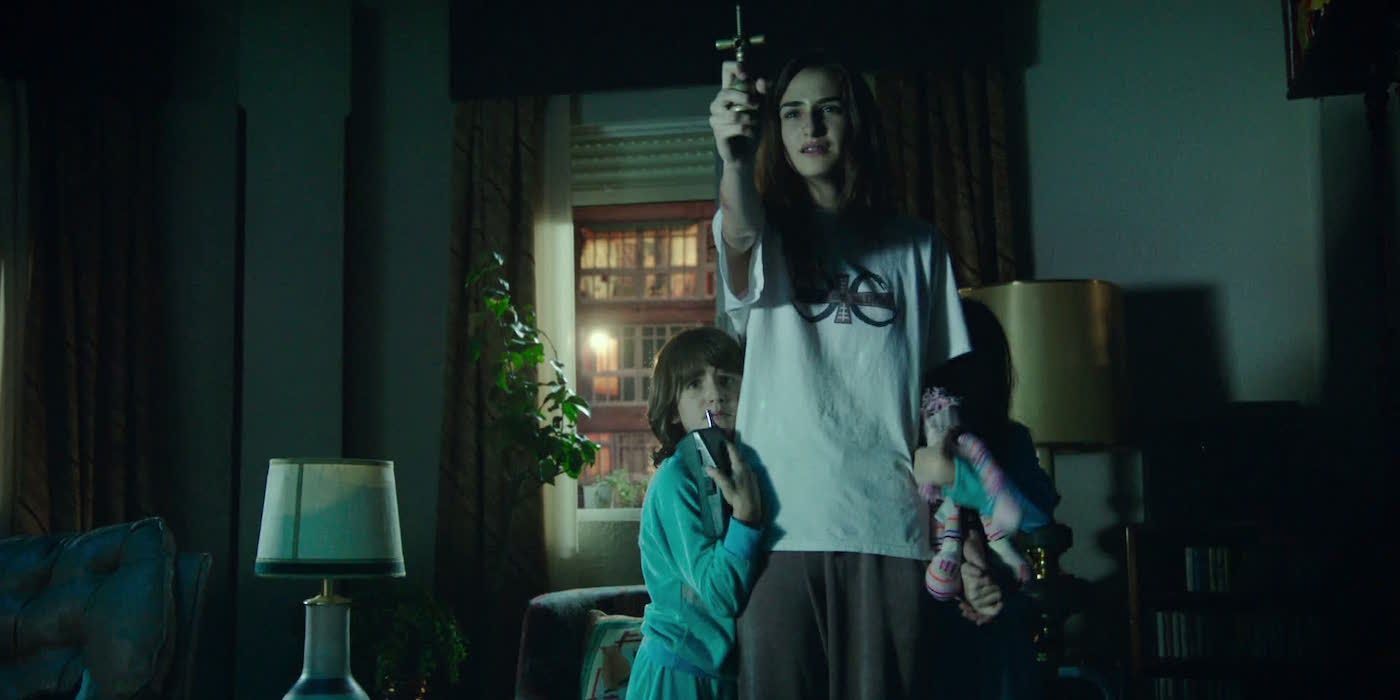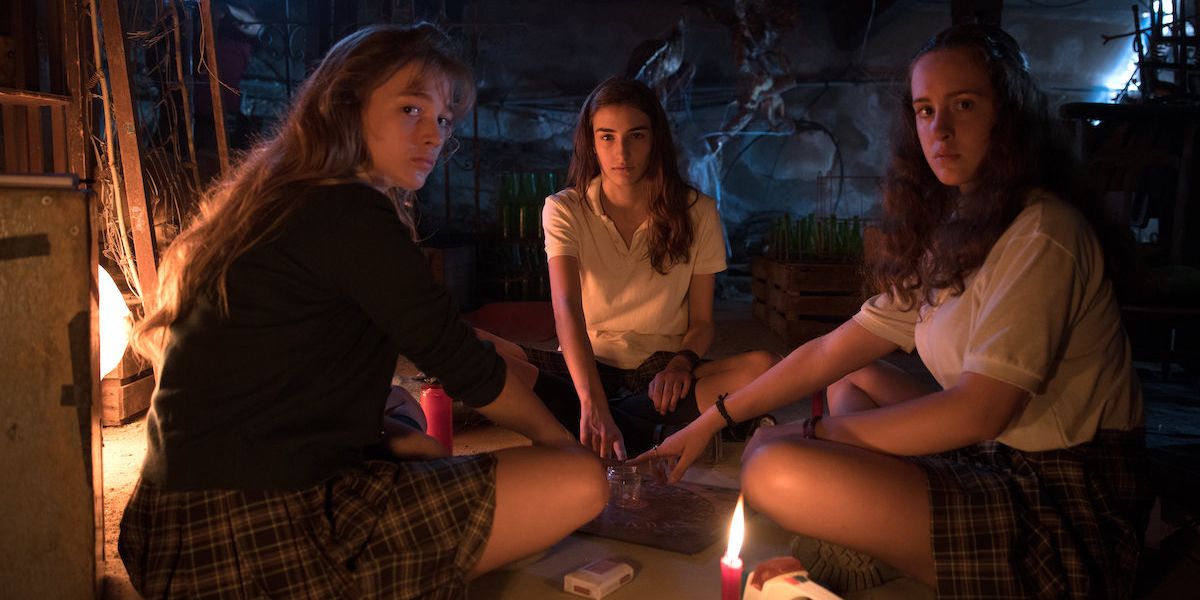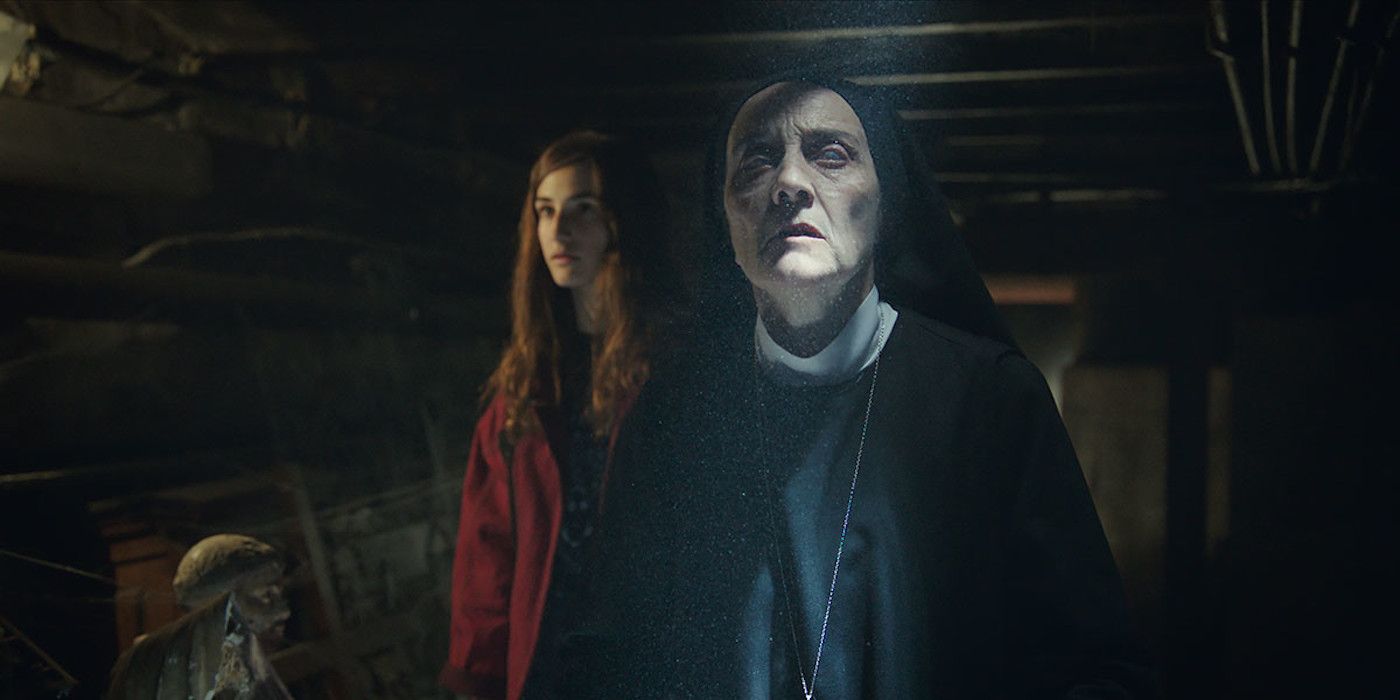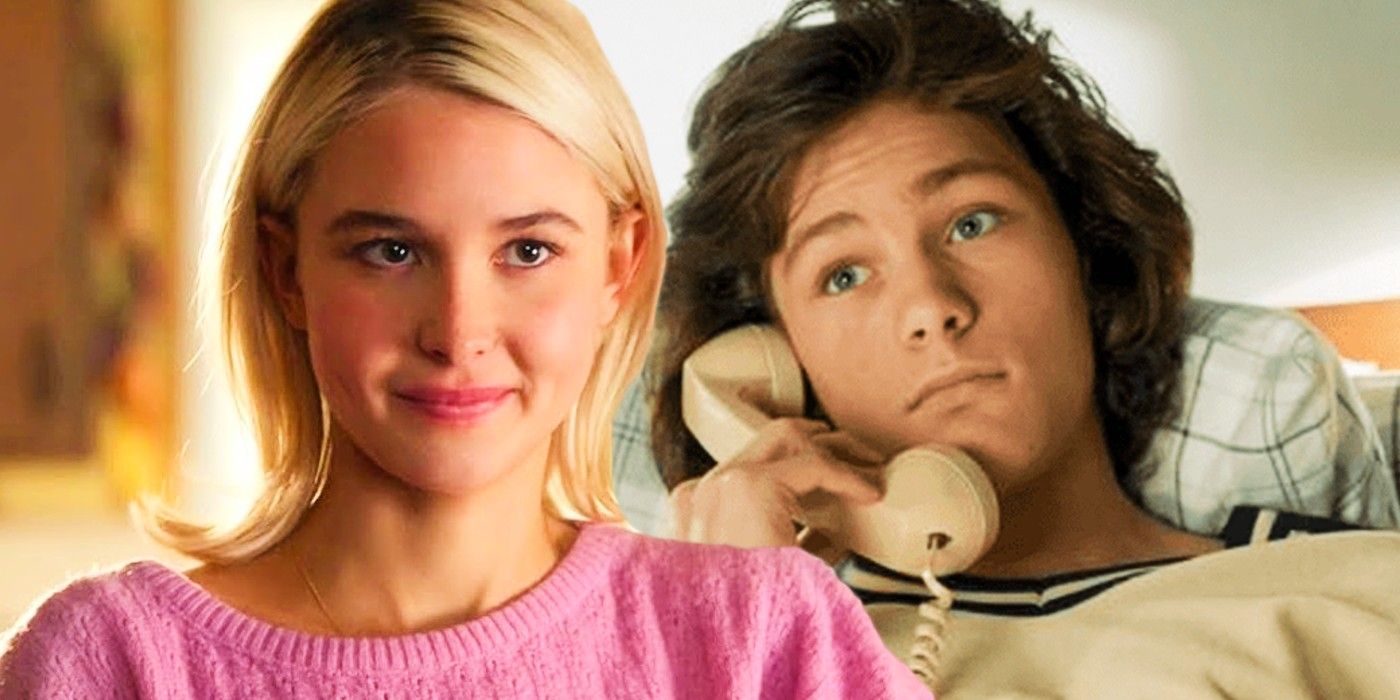
Is Netflix's Chilling 'Veronica' Inspired by Real Events?

Discover the bone-chilling truth behind Netflix's 'Veronica' as we delve into the real-life Vallecas Case Uncover the disturbing events that inspired this terrifying tale Separating fact from fiction, we unravel the true extent of 'Veronica's' authenticity
Article Summary
Spain's rich history of cinema includes renowned directors like Buñuel and Almodovar, and Netflix has had success with Spanish productions like Money Heist and Veronica.
Veronica, a highly praised Spanish horror movie, follows the journey of a young girl who, in her attempt to connect with her deceased father, inadvertently conjures a malevolent entity. While loosely inspired by the renowned Vallecas Case - a captivating tale of supernatural occurrences in Spain - director Paco Plaza skillfully incorporates his own artistic vision, deviating from a faithful retelling of the events.
Spain has a rich cinematic history with renowned directors like Luis Buñuel and Pedro Almodóvar. The country has produced many successful films, including global sensations like Money Heist and Veronica. Veronica, a horror film directed by Paco Plaza, follows in the footsteps of Plaza's previous cult hit trilogy, [REC]. The film captivates horror fans with its chilling scares, talented child actors, and intense energy.
What sets Veronica apart from other films is its harrowing opening and closing scenes. The movie starts with what appears to be a genuine phone call reporting paranormal activity to the police. Before the credits roll, viewers are shown what seem like real crime scene photos. These glimpses into the "real world" reinforce the film's claim to be based on true events and ensure an unsettling night ahead. Veronica draws inspiration from the tragic and eerie unexplained death of a Spanish teenage girl, which prompted the first official report of paranormal activity in Spanish history. But what is the full story behind Veronica, and how did the film weave its terrifying narrative? With Sister Death, a prequel to the 2017 hit, now available for streaming, it's the perfect opportunity to delve into the answers.
What Is Netflix's 'Veronica' About?
Veronica Netflix
In summary, the story revolves around a 15-year-old girl named Veronica (Sandra Escacena) who unintentionally summons a demon while trying to communicate with her deceased father using a Ouija board during a solar eclipse. Instead of her father, a demonic entity connects with the group, leading Veronica to break the barrier between worlds and ultimately becoming possessed by the demon.
The film then follows Veronica as she goes through a series of terrifying and increasingly violent paranormal experiences over the next few days. The effects of her possession become constant and escalate to the point where they also start affecting her younger brothers at home, turning their house into a haunted place. With her strange behavior and wild claims causing skepticism among her friends and family, Veronica desperately seeks to rid herself of the demon. She eventually turns to a creepy nun who is known as "sister death" (Consuelo Trujillo), a paranormal expert, for guidance. The nun mentors Veronica in the occult arts, teaching her about magic runes and performing rituals to try and save her soul.
Veronica's journey into the depths of witchcraft initially gives the impression of a triumphant battle against a sinister force. However, this story takes an unexpected turn, deviating from the common trope of a victorious "final girl." Instead, Veronica's path leads to a distressingly tragic and unsettling conclusion. Continuously deceived, outwitted, and psychologically tormented by her demonic possessor, she is ultimately unable to escape her impending doom. The demon, relentless in its cruelty, takes her life, dragging her soul down to hell where she becomes a plaything for eternity. The chilling and disconcerting message of this film is that evil can prevail, even claiming innocent children who are lost forever. Adding to the unsettling nature is the fact that this terrifying tale is based on true events. So, sleep tight, viewer, knowing that darkness can triumph and reality can be equally as horrifying. Pretty intense, don't you think?
'Veronica' Is Based On the Chilling True Story of the Vallecas Case
Image via Netflix
Paco Plaza clearly took significant creative liberties in the creation of Veronica, deviating from the original source material of the eerie Vallecas Case. While loosely inspired by this infamous tale of paranormal activity, which is comparable to the Amityville horror, the film showcases its own unique narrative.
According to Newsweek, the story unfolds in 1990s Madrid, the capital of Spain. It revolves around a young girl named Estefania Gutierrez Lazaro, who participated in a Ouija board session at school. The purpose of this séance was to establish communication with one of the participants' deceased boyfriends, who had tragically passed away in a motorcycle accident several months earlier. As recounted by Estefania's friends and fellow participants, the nun who taught at their school discovered the girls engaging in the ritual and promptly destroyed the Ouija board. Simultaneously, a peculiar "smoke" materialized and seemingly entered Estefania's body through her nose.
Estefania's family revealed in a TV interview that she died in the hospital due to a respiratory restriction that was unexplained, sudden, and suspicious. Prior to her death, Estefania had been experiencing distress and hysteria. She claimed to see shadows, hear voices, and feel stalked by evil forces. Her mother reported that Estefania started speaking unknown languages and occasionally foamed from the mouth and nose. Various rumors have emerged surrounding Estefania's death, such as scratches on her skin and levitation, but the only reliable information comes from those who were with her before she died.
However, the story doesn't end with Estefania's tragic death. During the same TV interview, Concepción, Estefania's mother, disclosed that her father, who passed away before the teenager, had a troubled relationship with the family and wanted to continue tormenting them from beyond the grave. The Gutierrez family believes that he possessed Estefania and caused her death. With eyewitness accounts of demonic possession from both friends and family, the Madrid metropolitan police launched an investigation into the alleged haunting of the Gutierrez family home, as claimed by Concepción.
The investigation yielded the emergence of the official police reports, authored by three officers from Madrid, including Chief Inspector of National Police, Jose Pedro Negri. The accounts provided by these officers on the official record are truly chilling. They assert the occurrence of inexplicable phenomena: eerie, unidentifiable noises emanating from vacant areas of the house, a wardrobe violently swinging open before the officers in an "unnatural" manner despite its emptiness, a Jesus figure being forcibly removed from its cross, and peculiar, large brown stains appearing in various unusual locations within the house, such as underneath beds. The police reports themselves were remarkable and unsettling, ultimately describing the unexplained events that transpired at the Gutierrez residence as "mysterious and rare." To this day, no definitive explanations have emerged regarding what happened to Estefania and her family, and the police reports surrounding the subsequent paranormal activities following the young girl's demise will forever bear the indelible phrase "paranormal activity."
How Much of 'Veronica' Is True?
Image Via Netflix
In a TIFF 2017 Q&A, Plaza explained that while certain elements remain consistent, such as the setting, time period, brown stains, broken crucifix, and possession setup, he took creative liberties with his own story inspired by the Vallecas case. The original tale of Estefania and her family served as a starting point, representing an anecdote of the darker side of Spanish pop culture that has become legendary through discussion and mythologizing. Plaza, being a native Spaniard, had always been fascinated by the Vallecas case and intended to derive inspiration from it. However, it is important to note that the director clarifies Veronica is not intended to be perceived as an accurate account or documentary of the case.
This story is extremely popular in Spain because it is, as we mention in the film, the only instance where a police officer claimed to have witnessed something supernatural. However, whenever we tell a story, it transforms into something else, even if it is reported as news. Just by reading various newspapers, one can see how reality varies depending on the storyteller. Therefore, I was aware that we would be deviating from the actual events. My intent was to provide a complete perspective.
Ultimately, Paco Plaza created one of the most beloved horror films on Netflix and introduced many horror fans to one of the most intriguing official reports regarding possible paranormal activity in investigative history. Perhaps he never intended to directly adapt the true story, but rather drew anecdotal inspiration from it. Nevertheless, his film serves as a testament to society's fascination with ghost stories, as they become mythologized and take on a life of their own.
Veronica is streaming on Netflix.
Editor's P/S
As a Gen Z fan, I have mixed feelings about Netflix's Chilling 'Veronica'. On the one hand, I appreciate the film's ability to create a genuinely unsettling and bone-chilling atmosphere. The use of real crime scene photos and the incorporation of the Vallecas Case add a sense of authenticity to the story, making it feel like it could actually happen. The film's scares are effective, and the tension is palpable throughout.
On the other hand, I found the film's ending to be disappointing and unsatisfying. The idea that evil can prevail and claim innocent children is a disturbing and unsettling message, and it left me feeling uneasy. I also felt that the film's reliance on jump scares and loud noises to create scares became a bit repetitive and predictable after a while.
Overall, I think Veronica is a well-made horror film that is sure to please fans of the genre. However, I would have preferred a more satisfying and hopeful ending.













